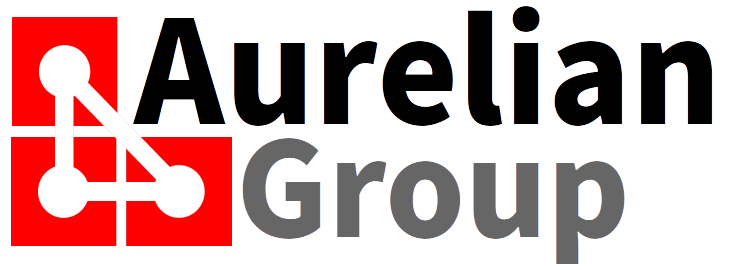When ready to start your Digital Business Transformation Journey, you have selected the platform, and assembled the team to implement (Systems Integrator, Software Vendor, or a collection of contractors) - there even is the Scrum Master. But how do you decide to select the Product Owners? Simple, right? Someone that knows the business, the systems, and has authority.
We are applying the wrong selection criteria.
With these criteria - it is still a 50% chance we get the innovative and transformative digital business platform anticipated, at best. So, what should we focus on instead?

The Product Owner
Before we dive into how to properly select a product owner, let's quickly revisit what a product owner actually brings to the table in an agile delivery. What does the product owner do, and what is the product owner accountable for?
First - there can be more than one product owner - in fact - in most Digital Business Transformation Programs, there are multiple product owners, representing specific portions with clear boundaries within the program.
To whom product owners accountable? - They are accountable to the business leadership (in particular the program owner - the person with the funding). In very large programs there may be a lead or overall product owner, responsible for the overall product, with the individual product owners responsible for their respective components.
What do product owners do? - They compile the user stories, and verify these user stories on the Triple A scale: in order of least to most important, each user has an Actor (someone does something), an Action (something is done), and an Achievement (the outcome of the action performed). They then map the features proposed by the development team against the user stories, and assign a priority against these features. Finally, product owners test the delivered functionality (feature collection) against the original user story.
How is a product owner's success measured? - A product owner's success is measured by the value created per feature - Considering 80% of the value is in 20% of the features - the product owner guards against "Gold Plating", focusing instead on Minimum Viable Product (MVP) and Minimum Viable Increment (MVI).

Why our instincts on selection are wrong
Selecting someone with the knowledge of the current systems is not necessarily bad (as long as the person in question can elevate above the current system), but it is not necessary. When going through a Digital Business Transformation, the way things were done is less relevant than what needs to be achieved. Selecting on this basis limits the pool of viable, and therefore maybe better suited, candidates.
Knowledge of the business is certainly a big plus. It cannot be relegated as "irrelevant" as with the knowledge of the current systems.
That then leaves the criteria of "authority to make decisions". Makes sense, if you are accountable to achieve as much value from as few features as possible, decisions need to be made. Again, it is not essential that the product owner has direct decision authority- this could be temporarily granted, or provided within constraints (outside of these constraints, the actual decision maker gets directly involved in the decision process.) Whilst it is more efficient to have a product owner with decision power, it should not be a factor limiting the pool of candidates, if the three essential characteristics are scarce.
Characteristic 1 - The ability to accept MVP
When selecting the product owner, it is important that sprints can be closed with a minimum viable product (MVP) delivered. Acceptance of what an MVP could look like is essential from the very start of the agile delivery, where the users stories are compiled an assessed. The product owner can then assess each feature on its impact on the usability of the product delivered at the end of the sprint. The capacity to distinguish between what is necessary and what is "gold plating" is essential for the product owner.
Characteristic 2 - The ability to prioritise based on value
Front-loading the sprints with a bias for value is essential - 80% of the value is derived from 20% of the features. A successful product owner can assess the value of the features - not just from a particular domain, but within the overall transaction flow of the business, ultimately to how it would affect the customer.
Characteristic 3 - The ability to see opportunities beyond the challenges
When making a change in the way things are done, by introducing a transformation in the business, it is not difficult to list all the challenges. These can be listed as reasons why things should not be done, or attempted - and the Digital Business Transformation Program fails to deliver on the "Transformative" component. This sounds arbitrary, or even so logical that it is self-evident that a product owner is able to do this. However, experience shows that for most product owners this is a conscious struggle not to give into the "that won't work, let's think of something else" attitude. Some are not able to lift themselves out of it at all!

Conclusion- The selection process for a Product Owner
The selection process for a product owner starts with the three main characteristics:
- Ability to accept Minimum Viable Product
- Ability to prioritise based on value
- Ability to proceed beyond perceived challenges
Once there is a shortlist, then you can further filter down by:
- Knowledge of business process
- Knowledge of systems in place
- Authority to bring change
